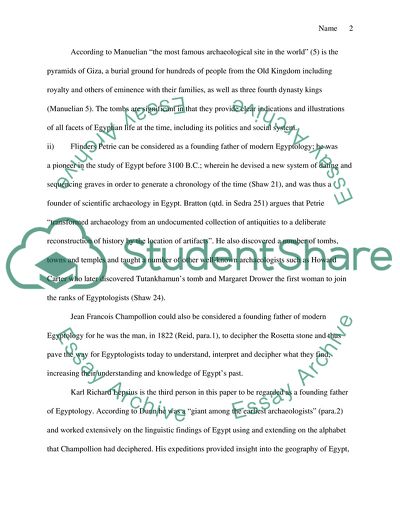Cite this document
(Understanding of Egyptology Assignment Example | Topics and Well Written Essays - 1750 words, n.d.)
Understanding of Egyptology Assignment Example | Topics and Well Written Essays - 1750 words. https://studentshare.org/history/1741101-see-in-oder-instructions
Understanding of Egyptology Assignment Example | Topics and Well Written Essays - 1750 words. https://studentshare.org/history/1741101-see-in-oder-instructions
(Understanding of Egyptology Assignment Example | Topics and Well Written Essays - 1750 Words)
Understanding of Egyptology Assignment Example | Topics and Well Written Essays - 1750 Words. https://studentshare.org/history/1741101-see-in-oder-instructions.
Understanding of Egyptology Assignment Example | Topics and Well Written Essays - 1750 Words. https://studentshare.org/history/1741101-see-in-oder-instructions.
“Understanding of Egyptology Assignment Example | Topics and Well Written Essays - 1750 Words”. https://studentshare.org/history/1741101-see-in-oder-instructions.


